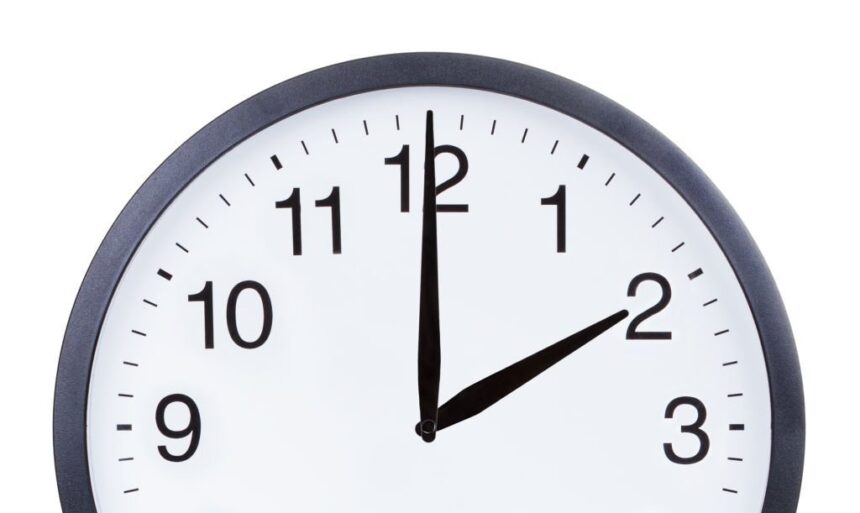As daylight saving time approaches in New York, residents can look forward to longer evenings and brighter days starting on March 10. Here’s everything you need to know about the upcoming time change and how to navigate through it:
Legislative Landscape:
Despite ongoing discussions surrounding year-round daylight saving time, legislative efforts have seen limited progress. Proposed bills include establishing a task force on daylight saving time, studying its effects, and potential changes in New York state’s time standards.
Time Change Details:
Daylight saving time officially begins at 2 a.m. on Sunday, March 10, with clocks moving forward by one hour. While digital devices may automatically adjust, it’s essential to manually update other timepieces.
Public Opinion:
Although many Americans express a preference for year-round daylight saving time, legislative momentum has been slow to enact permanent changes. Various states are considering proposals to adopt either year-round daylight saving time or standard time, highlighting the ongoing debate.
Effects and Adjustments:
As the time change approaches, individuals may experience disruptions to their sleep patterns and circadian rhythms. To minimize sleep deprivation and adjust smoothly, consider implementing these tips:
– Go to bed an hour earlier on Saturday to ensure sufficient sleep.
– Establish bedtime routines for children to aid in adjustment.
– Limit caffeine and alcohol intake, especially in the evening.
– Engage in relaxing activities before bedtime, such as a warm bath or gentle stretching.
– Create a conducive sleep environment with minimal light and noise.
– Avoid excessive napping to maintain a consistent sleep schedule.
Health Considerations:
Daylight saving time can impact overall health and well-being, with studies indicating potential decreases in productivity and increased fatigue following the time change. By prioritizing sleep hygiene and adjusting gradually, individuals can mitigate these effects and transition smoothly into the new time schedule.
As daylight saving time begins, embrace the opportunity for longer days and outdoor activities while prioritizing rest and self-care to maintain optimal health and well-being. Stay informed and prepared for the upcoming time change to ensure a seamless transition into the new season.



